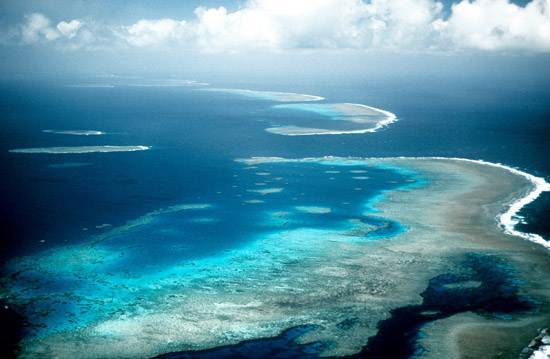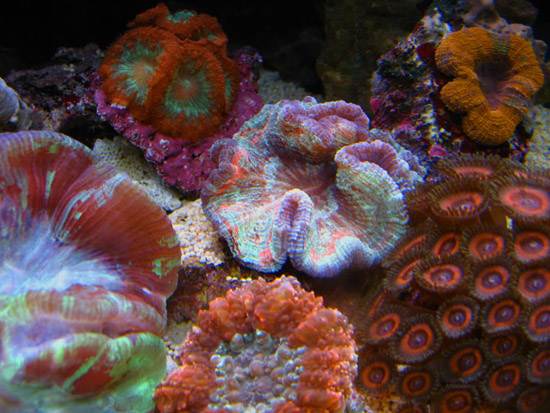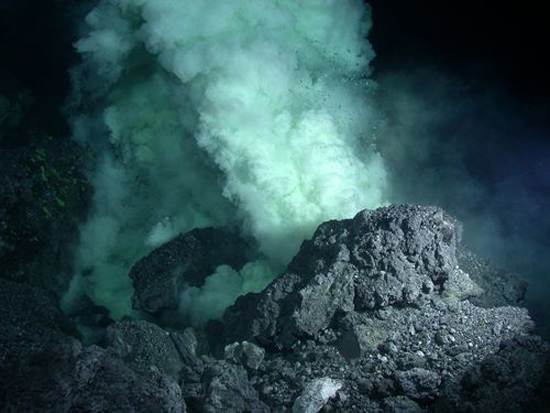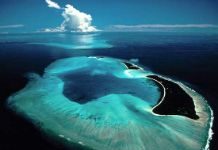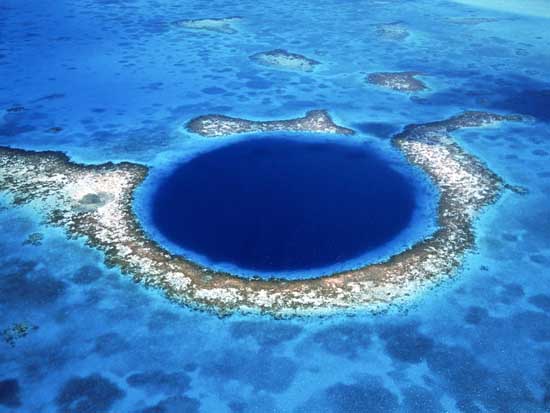Prepare for an unforgettable adventure to Galápagos Islands. Galápagos Islands are located more than six 600 miles west of continental Ecuador along the Pacific Coast.
Galápagos Islands forms a true natural wonder. The formation of these Islands is unique and distinctively shaped to be a destination of unparalleled ecological importance.
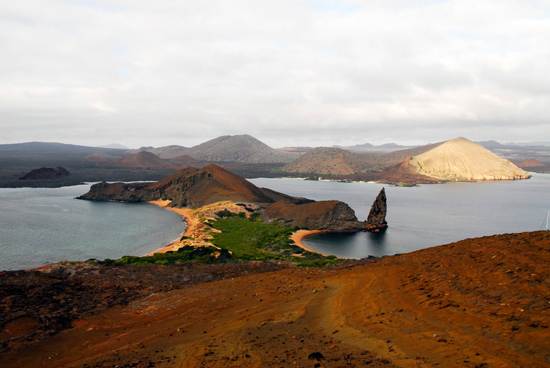
The most unique feature of the Galapagos Islands
The Galapagos Islands are an archipelago of volcanic islands distributed right atop the Equator in the Pacific Ocean, 600 miles directly) west of continental Ecuador, of which they are a part.
The Galapagos Islands had no original inhabitants, wildlife is its most notable feature. many of which are found nowhere else on Earth. Dry forests, lava fields and mangroves are some among other habitats enclosed in this ecosystem. Such species as marine life include rays, sharks, whales, dolphins, marine iguanas, Darwin’s Finches, and giant tortoise species found on those islands.
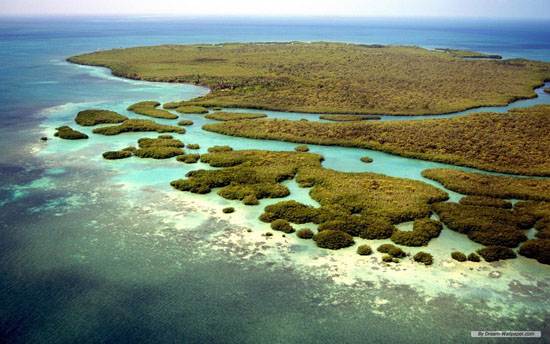
How many islands are there in the Galapagos archipelago?
The Galápagos Islands is composed of thirteen larger islands and numerous smaller islets and rocks. Five major islands — Isabela, Fernandina, San Cristobal, San Salvador, and Santa Cruz, eight other large islands and over forty islets and smaller rocks with official names. The island and its surrounding waters form an Ecuadorian province, a national park, and a biological marine reserve, were discovered in 1535 by Tomas de Berlanga, the Spanish Bishop of Panama, when his ship drifted by the islands.

Why is it called Galapagos Island?
In 1570 the Galapagos Islands were included in a world atlas by a Flemish cartographer Abraham Ortelius. He named the islands ‘Insulae de los de Galapagos’. The shells of the giant tortoises reminded the visitors of horse saddles, and Galapagos comes from the Spanish word for saddle.
Galápagos Islands: A Paradise of Volcanic Islands and Unique Wildlife
It is an area of great geologic activity ,the islands were formed by the combination of tectonic forces and volcanic eruptions. — the Galapagos Islands are one of the most active oceanic volcanoes in the earth. Fifty-three eruptions have been recorded from eight of the Galapagos volcanoes. The islands are considered relatively young, with the oldest island being only a few million years old. together with the Archipelagos of Hawaii and Japan, one of the most active volcanic sites on Earth. Ongoing seismic and volcanic activity with the extreme isolation of the islands which have remained undisturbed for millions of years, led to the development of unusual animal life, and the evolution of unique species, – such as the land iguana, the giant tortoise and the many types of finches.
What is Galapagos famous for?
European discovery of the Galapagos Island dates as far back as the 16th century and it was only with the 19th Century that some inhabitants took up residence there. With respect to Charles Darwin observations of the peculiar animals of the Galapagos Islands in 1835 contributed immensely to his conceptions of the theory of evolution.
The Galapagos Islands were an ecological wonderland of largely endemic wildlife and were one of the sources of inspiration for Charles Darwin’s in revolutionary Theory of Evolution- theory of natural selection- long before the cruise ships arrived in 1835. Darwin studied the local wildlife noted that almost all the animals and plants here were endemic to the islands, and observations of the adaptation of the flora and fauna of the archipelago. These of course contributed to his famous theory of natural selection and were crucial in formulating his theory of evolution and natural selection, putting these special islands on the map for the rest of the world to experience.
Why Are The Galapagos Islands Unique
The Galapagos Islands are a unique and important ecosystem. The islands became Ecuador’s first national park in 1959, because of its uniqueness and incredible beauty the Galapagos. The Archipelago was declared Biosphere Reserve, these now aggressively protected islands and the surrounding marine reserve were both declared World Heritage sites in 1978 which means that they are protected by international law. and its breathtaking marine reserve is considered one of the top seven sites in the world for diving. The islands are home to a variety of endemic species, which are found nowhere else on Earth.
The Galapagos Islands are an exceptional ecosystem. This uniqueness and natural beauty made it possible to create the national park of the islands in 1959; the park became the country’s first one. In 1978 United Nations proclaimed this special place, including the islands and their adjacent sea-territories as Its breath-taking marine reserve is recognized as being amongst the top seven dive sites globally. There are several endemic species in the islands that can be located there and absolutely nowhere else in the world.
During the twentieth century tourism became an attractive means of visiting beautiful landmarks such as beaches and exotic plants on the islands of Galapagos. There are numerous activities for visitors including walking, snorkeling, diving, and wildlife -watching. Besides tourism, there are several scientific research stations located on the islands where scientists from around the world study the special wildlife and ecosystems of the Galápagos Islands.
Indeed, the Galapagos Islands is an unparalleled region. Anybody with interest in nature and wildlife should visit the Islands. These islands provide visitors with the opportunity to witness unparalleled flora and fauna as well as connect with nature unlike elsewhere on almost any island nation.































